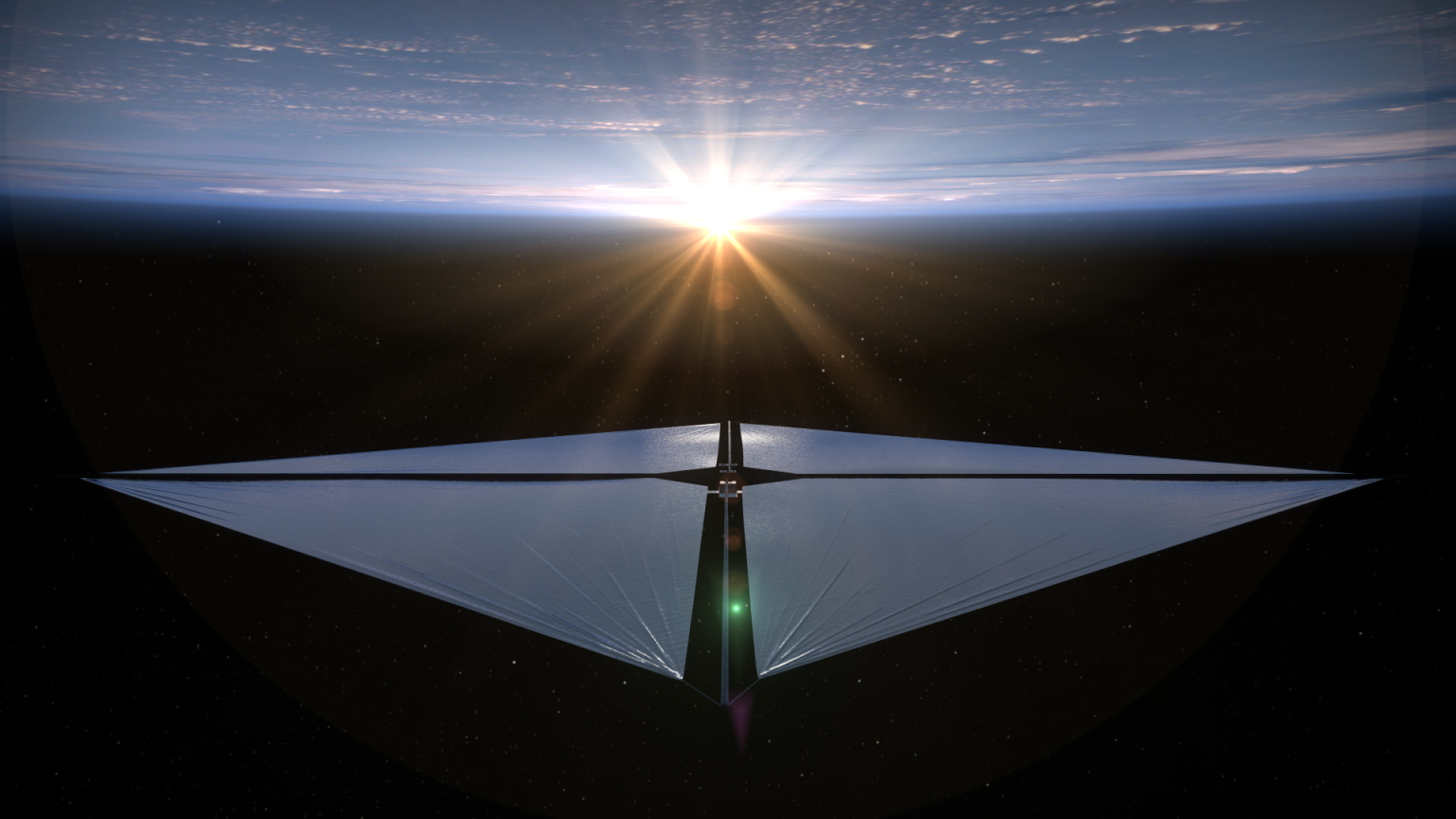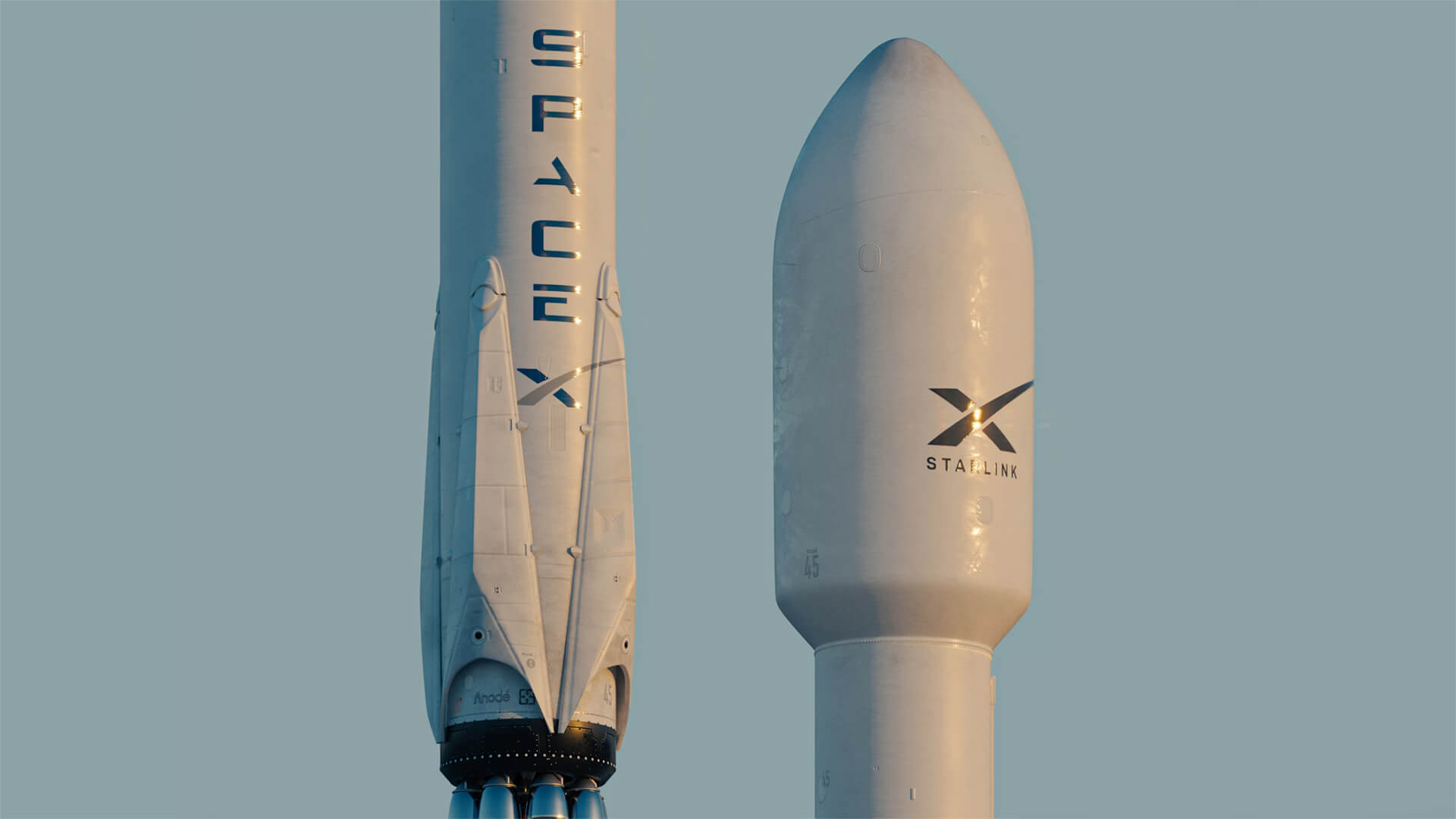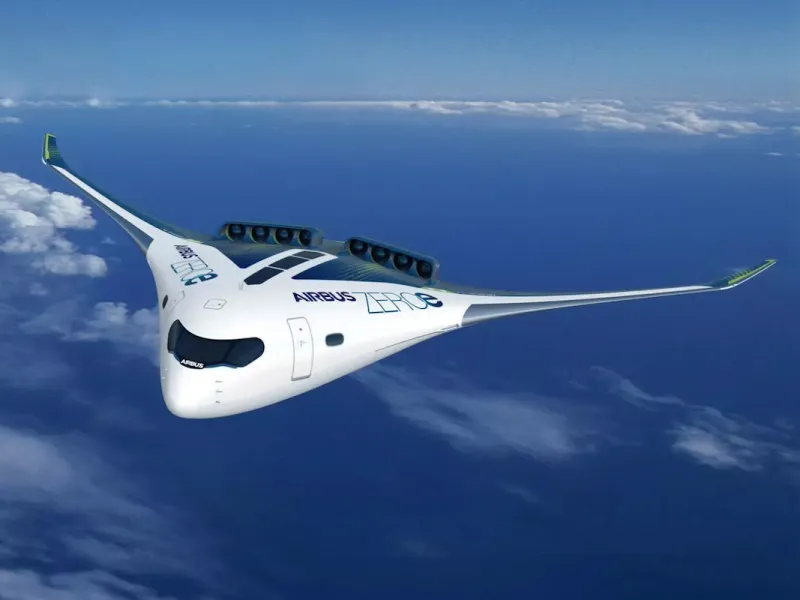ACS3–the Advanced Composite Solar Sail System–has now completed its first year in orbit, making a major milestone in spacecraft propulsion. This CubeSat successfully deployed an 80m² solar sail test to fuel-free navigation using sunlight, initiating a new era for small spacecraft missions.
What is ACS3 and Why Does It Matter?
ACS3 is a 12U CubeSat developed by NASA and NanoAvionics to test solar sail propulsion using innovative composite booms. Launched on April 23, 2024, its goal is to demonstrate reliable sail deployment and eventual orbit adjustment via solar radiation pressure–essentially, propulsion powered by sunlight.
Deployment and Mission Timeline
The spacecraft confirmed the contract shortly after launch. On August 29, 2024, mission operators verified full sail deployment-demonstrating NASA’s first in-orbit composite boom solar sail. ACS3 now orbits at ~700-1,000 km altitude, twice the height of the ISS, where it tests solar maneuvering while tumbling slowly by design.
Engineering Features & Observations
- Composite booms: Four 7m carbon fiber-reinforced polymer booms support the square sail, offering strength, stiffness, and thermal stability at only a fraction of metallic boom mass.
- Sail material: A double-coated sail (~80m²) uses polyethylene naphthalate, reflective aluminum, and thermal-emission chromium surfaces.
- Operational note: In October 2024, imaging, ACS3 showed a slight bend in one boom, likely caused during deployment, but mission teams report this doesn’t affect solar sailing ability.
One Year In: Significance of the Milestone
As of April 23, 2025, ACS3 has marked its first anniversary in orbit, demonstrating that photons can push spacecraft and validating lightweight deployable structures for future solar sail missions. Engineers received real-world data on sail dynamics, structure behavior, and light-based orbit control, setting the stage for scaling up future solar sail designs.
ACS3 has converted solar sail theory into real-world data and systems, proving that minimalist spacecraft can fly using sunlight alone. Celebrating one year in orbit, the mission represents a new blueprint for cost-effective, fuel-free exploration.



